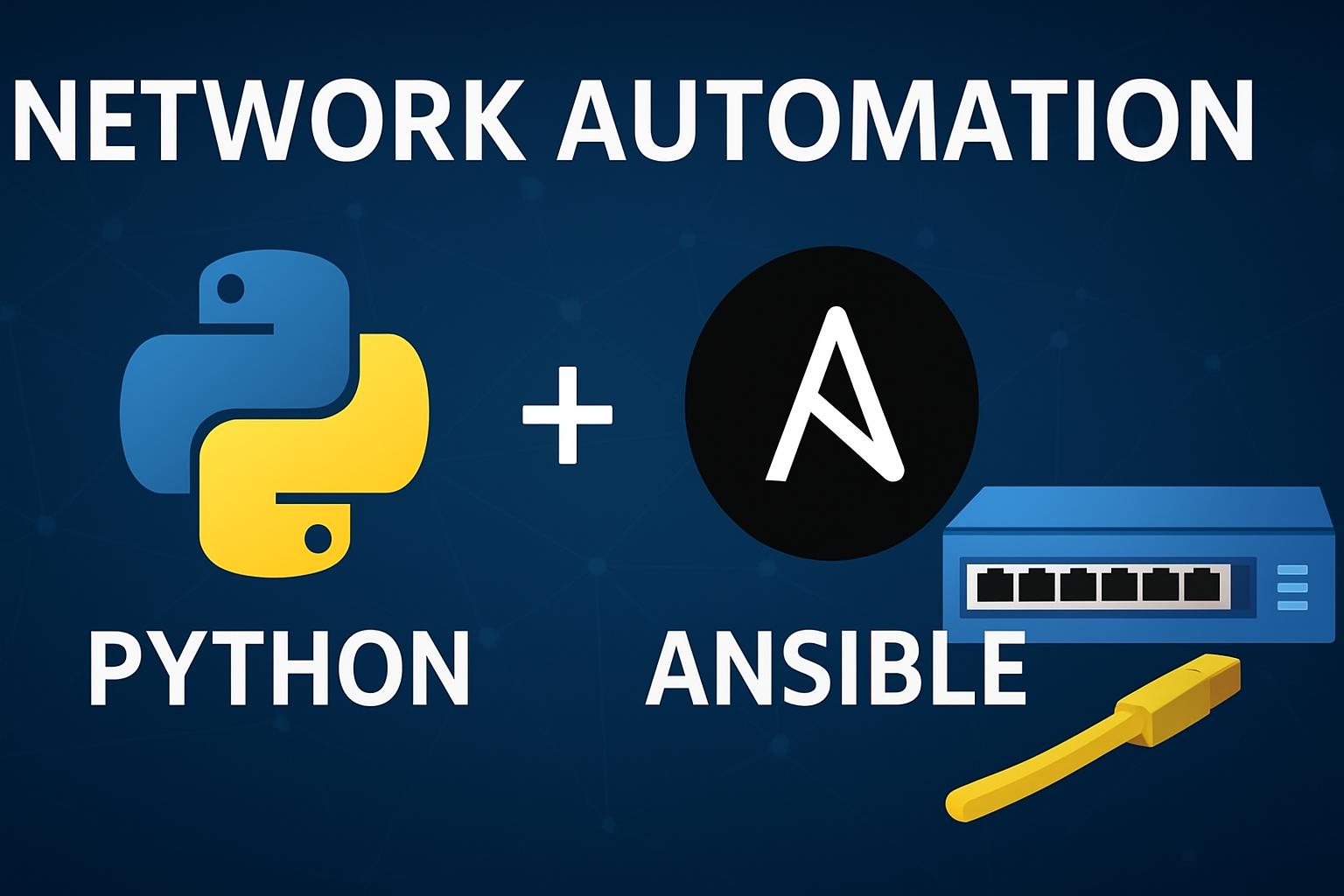1. Network Fundamentals (20%)
- Networking Concepts
- Definition and purpose of networking
- Types of networks: LAN, WAN, MAN, WLAN
- The role of protocols in networking
- OSI and TCP/IP Models
- OSI model layers: Physical, Data Link, Network, Transport, Session, Presentation, Application
- TCP/IP model layers and their functions
- Common Networking Protocols
- Ethernet, IP (IPv4 and IPv6), TCP, UDP
- Overview of ARP and ICMP
- Network Devices
- Functions and roles of routers, switches, firewalls, access points, and bridges
- Basic operation of network devices
2. IP Connectivity (25%)
- IPv4 and IPv6 Addressing
- Structure of IPv4 and IPv6 addresses
- Understanding subnetting and supernetting
- Subnetting and CIDR
- Subnetting techniques: calculating subnets, subnet masks
- CIDR notation and summarization
- Routing Concepts
- Understanding routing and routed protocols
- Routing tables and their components
- Default routes and static routing
- Dynamic Routing Protocols
- Overview of RIPv2, OSPF (single area), and EIGRP
- Basic configuration and operation of dynamic routing protocols
3. IP Services (10%)
- DHCP (Dynamic Host Configuration Protocol)
- DHCP operation: discovery, offer, request, acknowledgment
- Configuring DHCP on routers
- NAT (Network Address Translation)
- Types of NAT: static, dynamic, and Port Address Translation (PAT)
- Configuring NAT on Cisco routers
- DNS (Domain Name System)
- Understanding DNS functions and types of records (A, AAAA, CNAME)
- Basic DNS configuration
- Network Time Protocol (NTP)
- Importance of time synchronization
- Configuring NTP on Cisco devices
4. Security Fundamentals (15%)
- Network Security Concepts
- Importance of network security and common threats (malware, phishing, etc.)
- Security policies and best practices
- Access Control Lists (ACLs)
- Standard vs. extended ACLs
- Configuring and applying ACLs on routers and switches
- Device Hardening Techniques
- Securing device access (passwords, SSH, console access)
- Implementing security features (port security, BPDU guard)
- VPN Concepts
- Types of VPNs: Remote access and site-to-site
- Basic understanding of IPSec and SSL VPNs
5. Automation and Programmability (10%)
- Network Automation Concepts
- Benefits of network automation
- Introduction to intent-based networking
- Scripting Basics
- Overview of Python for network automation
- Simple scripting examples (CLI automation)
- APIs and Configuration Management Tools
- Understanding REST APIs
- Overview of tools like Ansible, Puppet, and Chef
- Software-Defined Networking (SDN)
- Introduction to SDN concepts and architectures
- Benefits and use cases of SDN
6. Network Access (20%)
- VLANs (Virtual Local Area Networks)
- Purpose and benefits of VLANs
- Configuring VLANs and trunking on switches
- Wireless Networking Concepts
- Understanding wireless standards (802.11a/b/g/n/ac/ax)
- Wireless security protocols (WPA, WPA2, WPA3)
- Port Security
- Implementing port security on switches
- Understanding sticky MAC addresses
- Spanning Tree Protocol (STP)
- Purpose of STP in preventing loops
- Configuring and troubleshooting STP
CCNA Routing and Switching Training Course Plan
Week 1: Networking Fundamentals
Day 1: Introduction to Networking
- Overview of networking concepts
- Types of networks: LAN, WAN, MAN
- Basic network topologies and components
Day 2: OSI and TCP/IP Models
- Understanding the OSI model (7 layers)
- TCP/IP model and its layers
- Functions and protocols associated with each layer
Day 3: IP Addressing
- Introduction to IPv4 and IPv6
- Understanding subnets and subnetting
- CIDR notation and subnet mask calculations
Day 4: Network Devices and Their Functions
- Overview of routers, switches, and other devices
- Layer 2 vs. Layer 3 devices
- Device configurations and functions
Day 5: Basic Ethernet Concepts
- Ethernet standards and frames
- MAC addressing and ARP
- Troubleshooting common Ethernet issues
Week 2: IP Connectivity and Routing
Day 6: Routing Basics
- What is routing?
- Static vs. dynamic routing
- Routing tables and how they work
Day 7: Configuring Static Routing
- Steps to configure static routes
- Default routing and administrative distance
- Verification and troubleshooting of static routes
Day 8: Introduction to Dynamic Routing Protocols
- Overview of RIPv2, OSPF, and EIGRP
- Differences between distance-vector and link-state protocols
- Basic concepts of routing protocol metrics
Day 9: Configuring RIPv2
- Steps to configure RIPv2 on routers
- Verification of RIPv2 configurations
- Troubleshooting RIPv2 issues
Day 10: OSPF Configuration
- Overview of OSPF operation
- Configuring single-area OSPF
- Verification and troubleshooting of OSPF
Week 3: IP Services and Security
Day 11: Understanding DHCP
- DHCP operation and message types
- Configuring DHCP on a router
- Troubleshooting DHCP issues
Day 12: NAT (Network Address Translation)
- Purpose and types of NAT
- Configuring NAT (static and dynamic)
- Verifying NAT operations
Day 13: Network Security Fundamentals
- Introduction to network security concepts
- Common threats and security measures
- Overview of firewalls and VPNs
Day 14: Implementing ACLs
- Types of ACLs: Standard vs. Extended
- Configuring and applying ACLs on routers
- Troubleshooting ACL issues
Day 15: Securing Router Access
- Configuring passwords and user access
- Understanding secure protocols (SSH vs. Telnet)
- Implementing basic security measures on routers
Week 4: Advanced Topics and Review
Day 16: VLANs and Inter-VLAN Routing
- Understanding VLAN concepts and benefits
- Configuring VLANs on switches
- Inter-VLAN routing with a router
Day 17: Spanning Tree Protocol (STP)
- Purpose of STP in preventing loops
- Configuring and troubleshooting STP
- Understanding Rapid Spanning Tree Protocol (RSTP)
Day 18: Network Management and Troubleshooting
- Overview of network management tools and protocols (SNMP, syslog)
- Basic troubleshooting methodology
- Common troubleshooting commands
Day 19: Review and Practice Interview
- Review key concepts from the course
- Take a practice exam to assess readiness
- Discuss difficult topics and clarify doubts



